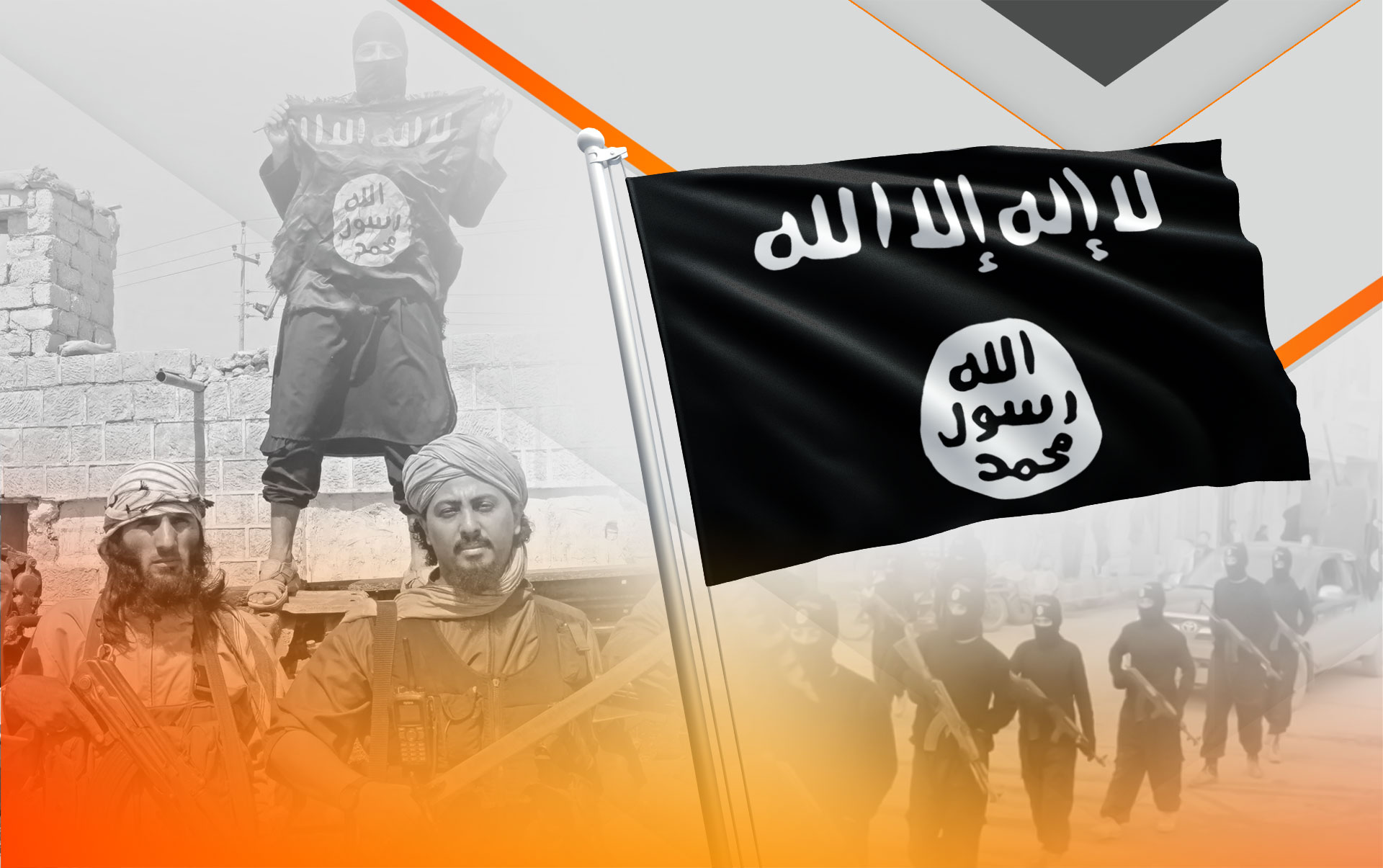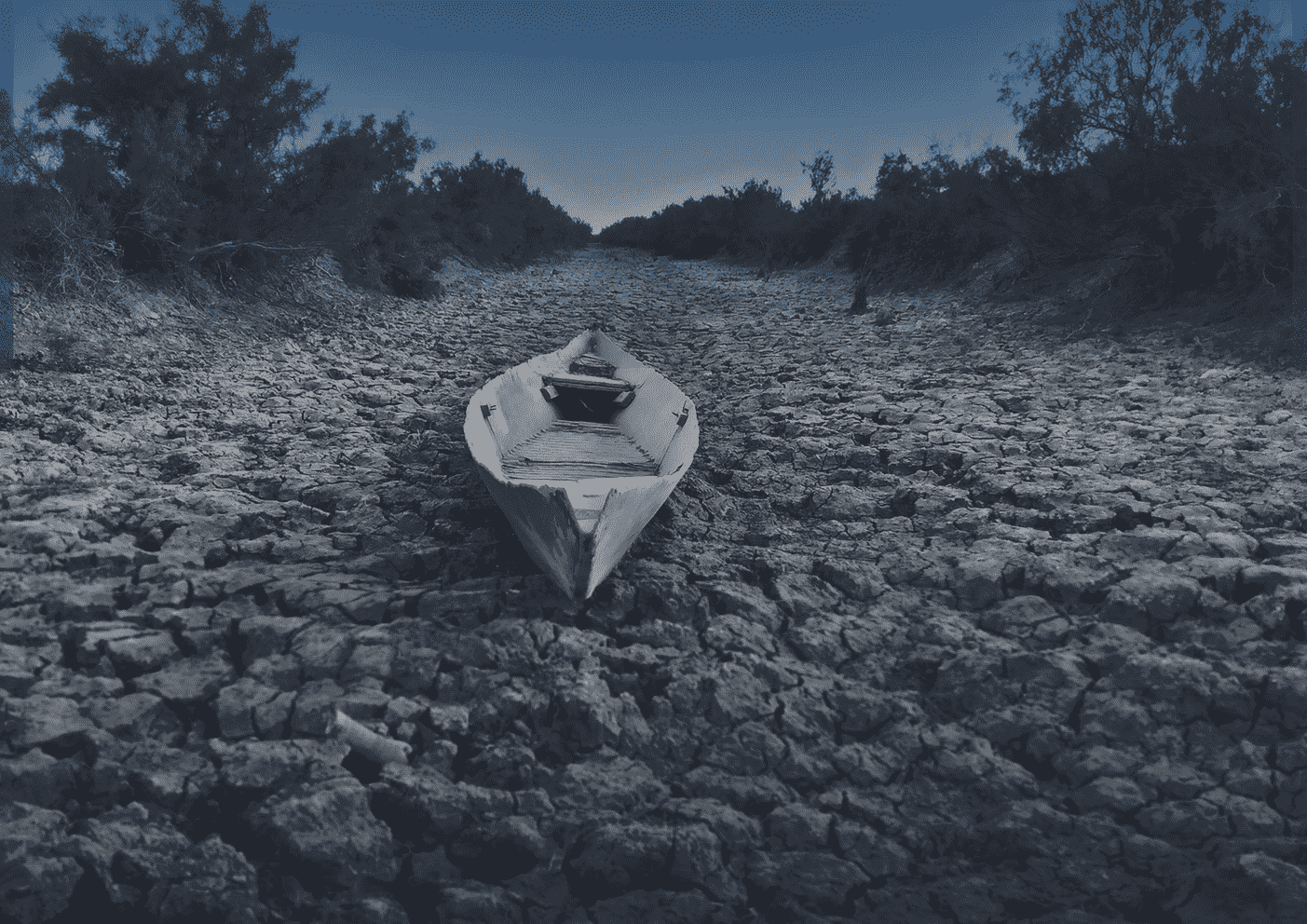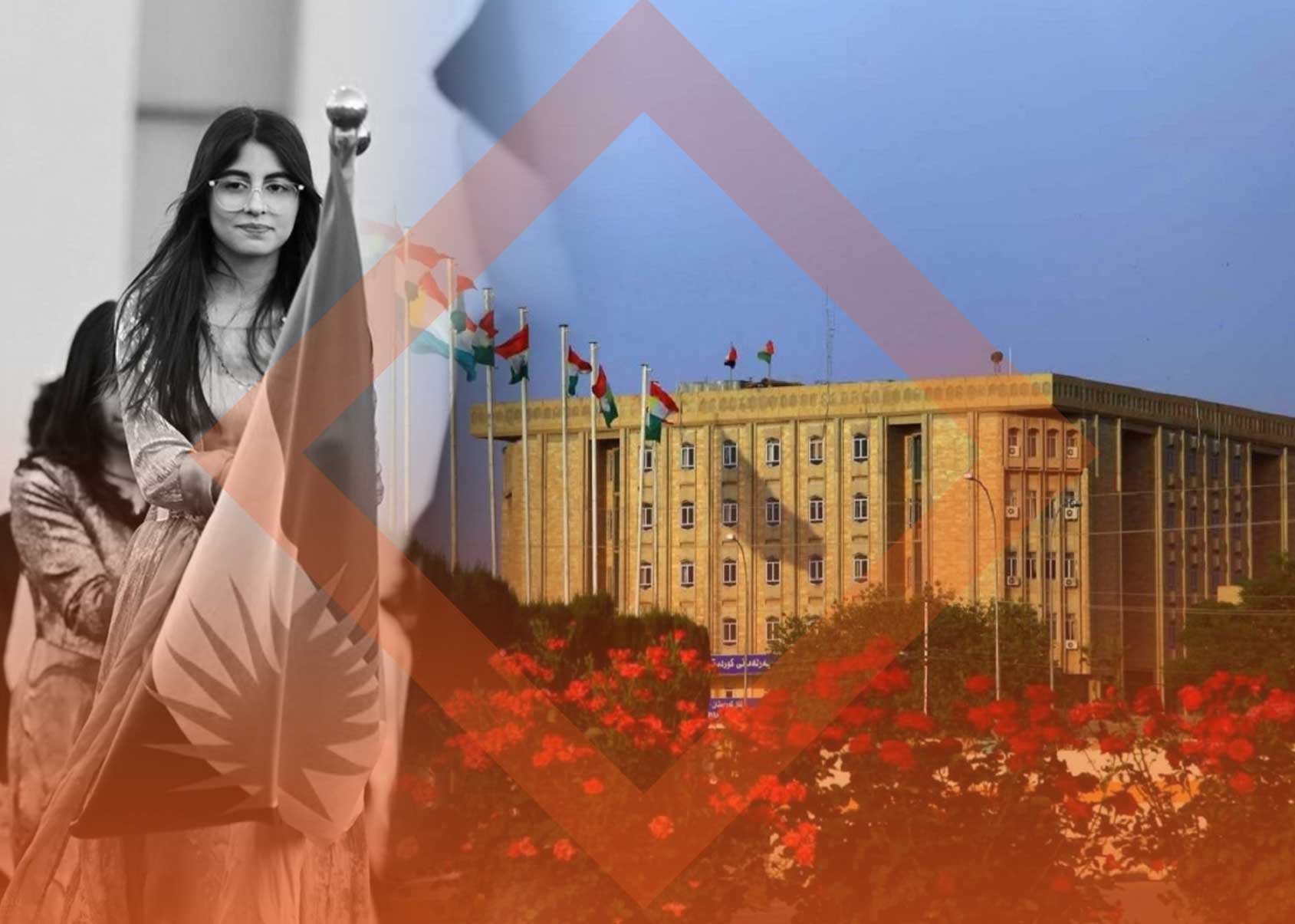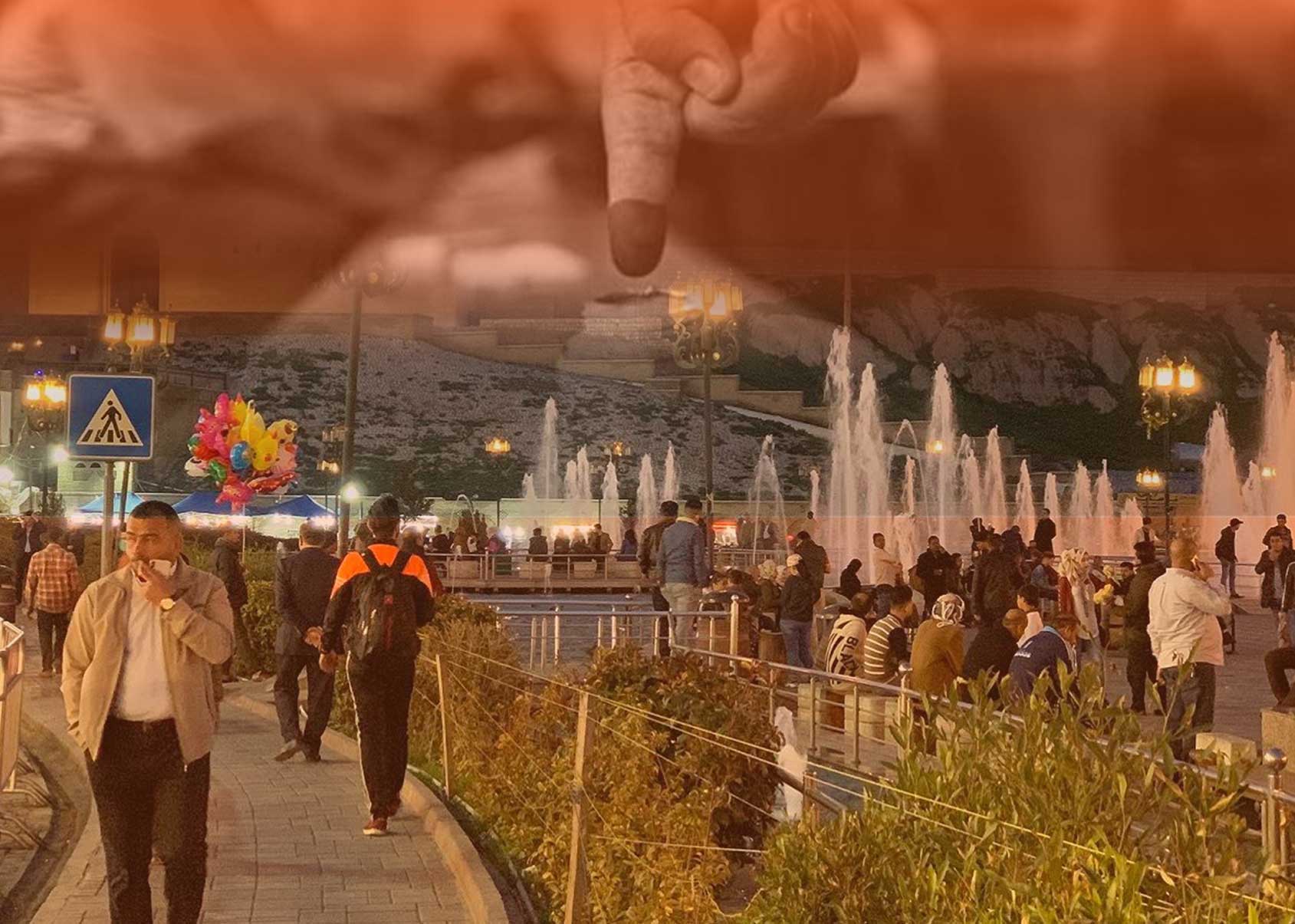Daesh and Sunnis in Iraq: perception within the Sunni community in Iraq, acquaintances and antagonisms
15-12-2022
Introduction
The Iraqi state within its current borders never existed until the proclamation of the British resident in Baghdad, Sir Percy Cox, in November 1920, of a "provisional Arab state", which was reattached, in 1925, following a decision of the League of Nations, the Mosul vilayet to the Hashemite Kingdom of Iraq. There were various communities: the Sunni Arabs, mainly in the cities of Baghdad and Mosul, as well as in the province between the Tigris and the Euphrates, the Shiites, further south, mainly in the two vilayets of Baghdad and Basra, Kurds in the northern and eastern mountains… and many(s) other minority communities.
A ruling imperial majority for centuries
Effendis, the Ottoman state officials, the military, religious authorities, the Ashraf, the descendants of the Prophet, and the sheikhs of the Sufi brotherhoods, these elites of large cities, mostly Arab, did not perceive themselves as a minority.
Local relays of the power of the sultan-caliph of Istanbul representing Sunnism monopolised power for centuries since the Abbasid caliphate. To these urban elites must be added the cast of the great tribal sheikhs, divided between Sunnism and Shiism depending on the region.
One can only imagine the trauma that the demise of the Ottoman state and the creation by a European country of a nation-state inside new borders could have caused to this imperial community. Mainly because the Sunni minority (in a predominantly Sunni Arab world) would have never even conceived that power could have slipped away from their hands.
This explains why, without hesitation, these elites approached the British occupying force, looking for local allies. The Sunni Arabs passed, without transition, by their elites, from the relay of the Ottoman State to that of the new Iraqi State whose monopoly they took over with the support of the British1.
Sunni Arabs' domination over the Iraqi state lasted more than eighty years (from 1920 to 2003) and survived several military coups. Excluding the other two large communities (the Shiites and the Kurds) that make up three-quarters of the population, the Iraqi state was thus in perpetual warfare with its society when it was not with neighbouring countries (Iran, Kuwait). The latest avatar of that murderous system was the regime of Saddam Hussein, whose fall, under the blows of a US-led coalition, resulted in the collapse of the first Iraqi state.
Reconstruction of a new state with the outcasts of the former system
The Americans had not anticipated the scenario they were facing: rebuilding a state in Iraq. Faced with generalised chaos and multiple insurrections (Sunni in Fallujah and Sadrists among the Shiites), it was becoming urgent to rebuild new institutions, yet with whom? The Iraqi soldiers had returned to their region of origin with weapons and were as inaccessible as the former government officials. The regime that Western countries had supported during the Iran-Iraq war had disappeared. Reaching out to the outsiders of the old system seemed to be the only way out.
With the Kurds, it seemed feasible after years of relations and frequent contact with the West.
Nonetheless, what about the Shiites, whose leaders were refugees in Iran? Yesterday's enemies, however, have become today's allies with the blessing of Iran, which sought a Shiite power in Baghdad. The new system, legalised by the 2005 Constitution, introduced a modus operandi similar to Lebanon based on communitarian quotas and a Shiite-Kurdish tandem. The weakness of such a system is that there continues to be an outcast: the Sunni Arabs.
They faced for the first time their status as a minority, politically marginalised and living in areas without oil resources.
However, part of the community attempted to fit into the institutions through the Revival Councils (Sahwa), a form of tribal clientelism, or by taking part for the first time in the 2010 legislative elections following years of boycott. Both failed attempts to bring Sunni Arabs back to meaningful participation in the system. The wave of protest following the Arab Spring in 2011, crushed in a blood bath, eventually convinced many Sunni Arabs that meaningful integration was impossible and that there was a need to fight the system.
The Origin of Daesh
Aware that they represent a minority in the country, Sunni Arabs in Iraq always avoided significant divisions, concealing their minority status with Arab nationalist discourses referring to the great Arab nation where they are a majority. The Islamic current has long been relegated to the fringes of the community.
Neither the Muslim Brotherhood nor the Salafists had successfully imposed themselves within this space. The Islamic State of Iraq and the Levant (Daesh), born in 2006 from a merger of six jihadi Salafist groups, appeared powerless. Thus making the defining moment in 2014 even more spectacular. Having exhausted all the strategies to avoid a marginal integration in the system (like the Islamic Party represented in the Assembly), an increasing number of Sunnis turned to Daesh, as they would rather destroy a system assigned to them with such a denigrating role in the country. Fallujah was the first city to fall in early 2014. This will be followed in June by conquering a third of Iraqi territory without virtually firing a shot. Iraq was divided into three territories: Shia, Kurdish and Sunni.2
2014: jihad versus jihad:
The Islamic State was then considered the "saviour" of the Sunni minority in Iraq, albeit the group's rhetoric was aimed at an international audience. The return by the Baathists to Sunni Islam, one of the rare Arab parties to have made secular professions of faith, was not new. Saddam Hussein had already used it to legitimise his war against Shiite Iran. This time, however, it was a mass movement. Soldiers, Baathists, tribal leaders and large city neighbourhoods came together behind Daesh's black flag. The population of cities and rural Sunni tribes no longer supported Baghdad, based on corruption and clientelism, according to them. For the Baathists, more than the expression of a renewed faith, it is an ideological commitment in the image of the return to Shiite Islam of former militants of the Iraqi secular left.
Daesh fighters arrived at the gates of Baghdad in record time and threatened the Iraqi capital and Shiite holy cities. It was then that Ayatollah Sistani called for jihad against Daesh. A strong mobilisation of the Shiites led to the creation of the Popular Mobilisation Forces: two jihads would then confront each other. At the same time, an international coalition led by the Westerners was set up and launched in the summer of 2014 with an intensive bombing campaign, particularly on the historical part of Mosul, which will be largely destroyed. There was then a paradoxical alliance between the Shiite militias of the Popular Mobilisation and the Western coalition to drive Daesh out of the territories conquered by the Sunni jihadists, illustrating the unavowed sponsorship between Iran and the States-United to defend the system established since the founding of the Iraqi institutions (2005).
The End of the Territorial Caliphate of Daesh (2017):
The reconquest of Mosul in 2017 marks the end of the territorial caliphate of Daesh. The power handed over to local actors, with the project of a state, the multiple resources (taxes, traffic of hydrocarbons, that had made the strength of Daesh, unlike al-Qaeda) disappeared. Did this mean the end of the caliphate claim and a return to the terrorist box? The tens of thousands of refugees crammed into camps on the desert's edge without protection and knowing when they could return to their destroyed city reignited their hatred of the Shiites and offered many potential candidates for IS. However, Daesh seemed to refocus on sub-Saharan Africa, especially Mali, and Afghanistan, where a relentless struggle with the Taliban was exacerbated after Kabul's fall into the latter's hands. The caliphs of Daesh succeeded each other before being taken out by American drones…
The irreformability of the existing system: a central asset of the IS:
However, Daesh has not abandoned Iraq, which remains its cradle. The current system has revealed its unsustainability through political crises, compounded by elections that, like in Lebanon, are helping to lock Iraqis in the communitarian cage. The failure of successive reform attempts illustrates the trap in which all actors have fallen: it is straightforward to enter political communitarianism, but it isn't easy to get out of it peacefully. The demographic majority is not the democratic majority. All forms of citizenship are destroyed when Iraqis compete with each other based on community, confessional and ethnic backgrounds. Corruption, the militia system, insecurity, the absence of the rule of law, and the failure of public services prevailed without any way for civil society protest movements to find a solution. This harmful context is a significant asset for Daesh. The causes of ISIS's rapid expansion back in June 2014 are still very much present.3
Coronavirus: an additional ally of IS?
Called "divine punishment" or "Shiite virus", the coronavirus epidemic, which wreaked havoc on the Iraqi population, has reduced Iran's participation in the fight against Daesh. Similarly, at the end of December 2020, the activities of the international coalition against Daesh were to end officially. Tempted at the beginning of the epidemic to see in its victims "martyrs", Daesh then kept silent.
The divorce between the two sponsors of Baghdad:
2011 was the year of the US withdrawal from Iraq. The void was soon to be filled by Iran and its allies in the Popular Mobilisation Front. The divorce between the two sponsors of the current system culminated in the assassination of the head of the Iranian Revolutionary Guards at Baghdad airport. A US drone killed Qassem Soleimani on January 3, 2020. The divide between pro and anti-Iranians now broadly divides the Shiites among themselves. The war between Russia and Ukraine allows ISIS to resume a global anti-Western offensive discourse as Iran moves closer to Russia.
The weakening of anti-Daesh forces allows a return of the Islamic State which continues to use terrorist strategies.
The return to the terrorist method:
Liberation of jihadi detainees in camps guarded by Kurdish forces (SDF) in Syria in January 2022, then, in August 2022, ISIS attacks in Kirkuk and Diyālá... Since 2020, ISIS has slowly returned to Iraq through terrorist and guerrilla warfare actions. The murder of the self-proclaimed caliphs has not affected Daesh. It is estimated that there are several thousand potential operational Daesh fighters in Iraq. Faced with this return and the risk of the jihadist detainees in the hands of the weakened Kurdish forces in Syria returning to the fighting zones, the Iraqi government preferred to take the lead. ISIS detainees in the Al-Hawl camp in Al-Hasakah governorate, Syria, were transferred to Iraq in August 2022.
A race against the clock:
Mohammed Al-Halboussi, the Sunni President of the Assembly, is trying to win the confessionalisation of the Sunnis as a minority. Initially, from a locality near Ramadi, the capital of the province of Al-Anbar, he undertook to develop the city and its surroundings. He aimed to create a third Sunni Arab region alongside the Shiite and Kurdish regions. Like Barzani, he supported the Sadrist Movement against pro-Iranians among the Shiites. He also called for a response to the demands of the protesters. A race against the clock is underway between the two projects to win the votes of the Sunnis. Daesh has not given up.
Decisive factors:
Several factors play a decisive role in this race against the clock.
First, Daesh's ability to rebuild a territorial base and take over the initial project of a state (which explained its success and distinguished it from al-Qaeda). The territorial caliphate allowed, behind a discourse without borders, to hand over power to local actors and thus gain access to many resources. The weakening of the anti-Daesh coalition due to withdrawals and divisions does not allow certainty on such a return. The loss of its territories has been accompanied by numerous cases of abuse against some Sunnis who are unwilling to relive the earlier years' traumatic experience. This was in addition to the violence exerted by Daesh in its last month as a territorial entity, erasing the earlier memory of an "exemplar" Islamic State image that it had carefully crafted in its earlier years, hoping to separate its image from the regime in Baghdad. Corruption and insecurity, first attributed to the Baghdad regime, had thus increased once again during the last months of Daesh.
Another decisive factor is the political class's ability, primarily the Shiite, to accept a radical change in the system. The threat of a Shiite war sparked a shock. Whether it was Iran or the great Ayatollah Sistani, all felt the danger of widespread chaos in the event of a fratricide war between the pro-Iranian Popular Mobilisation Forces and supporters of Moqtada al-Sadr. The latter was put on notice by all religious authorities not to use its weapons against other Shiites. His supporters obeyed him, and all now suggest new legislative elections.
Nonetheless, in what framework and in what system? This is the challenge! It would be pointless to repeat the October 2021 election. Electoral law reform seems necessary to allow the victorious political parties to constitute a government capable of initiating reforms in stages. The peaceful exit from political confessionalism requires a reconsideration of the 2005 Constitution. This means that the sectarian political class, rejected by the majority, agrees to leave its place and its privileges to allow technocrats without confessional allegiances to establish a state of law. Creating common citizenship would drastically reduce the chances of another Daesh among Sunnis.






